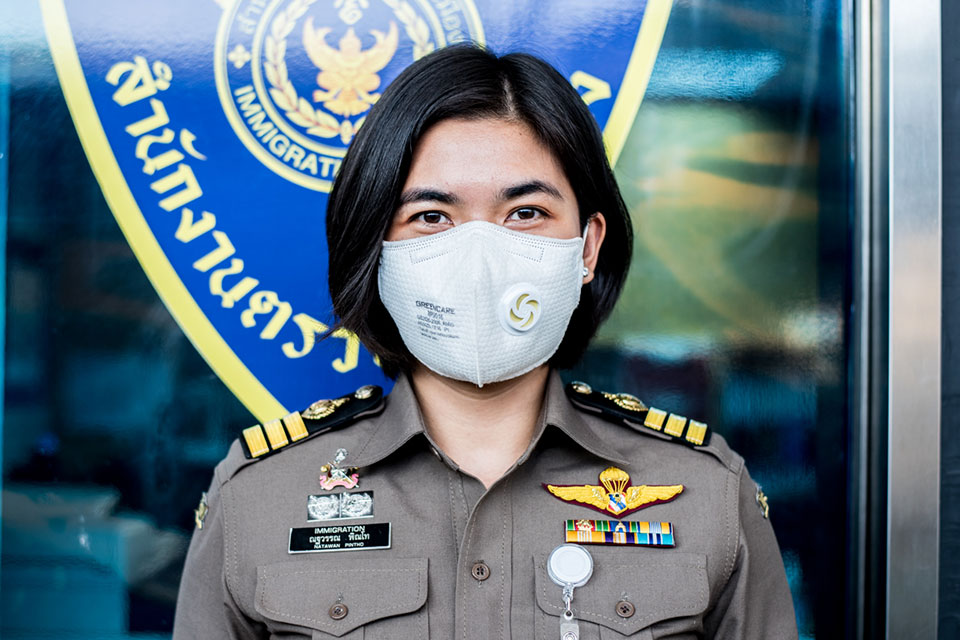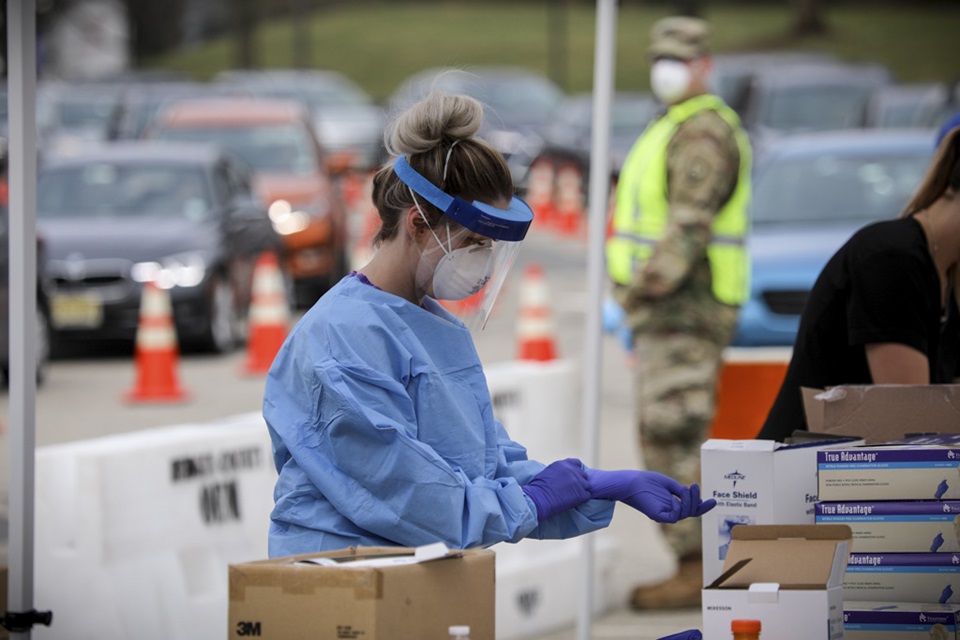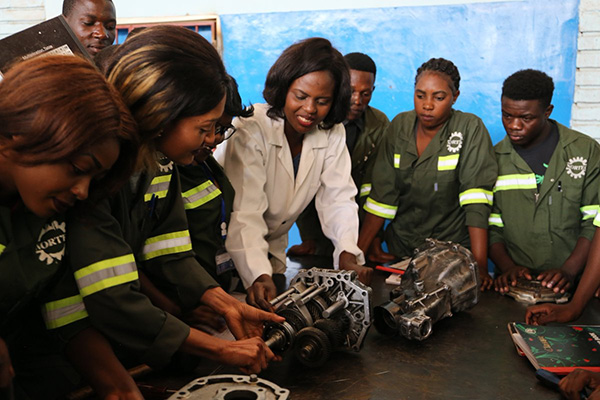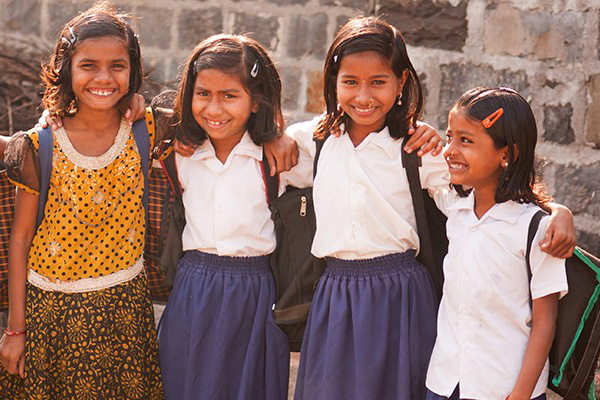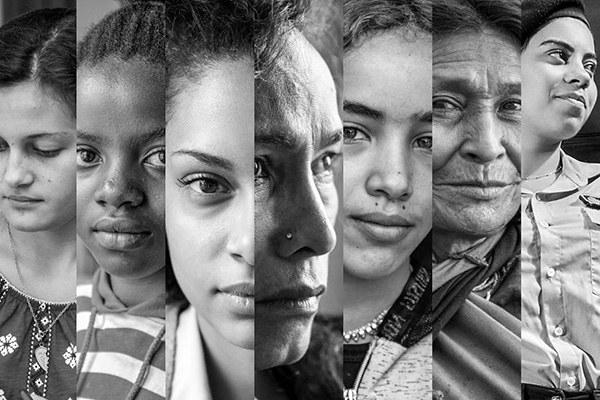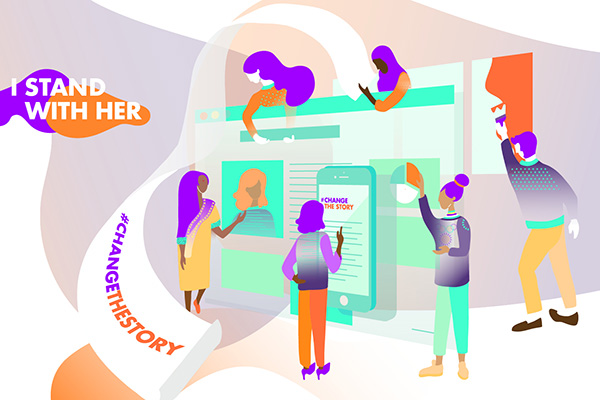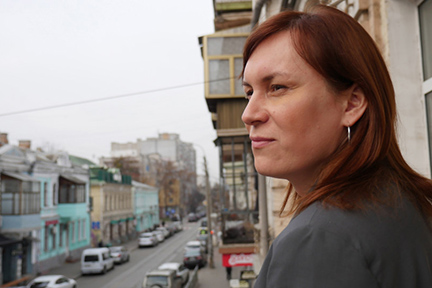The International Girls in ICT Day aims to encourage girls and young women’s interest in the technology sector. Today, the Secretary-General tells girls and young women “the world cannot afford to lose your talent”. ITU encourages to counter the COVID-19 imposed distance by staying connected through online celebrations. Let's turn current constraints into opportunities to demonstrate the power of technology. The Girls in ICT portal remains the central hub for sharing activities with the Girls in ICT community by mapping virtual celebrations.
The United Nations Population Fund (UNFPA) reports how disease outbreaks affect women and men differently. Pandemics worsen existing inequalities for women and girls. Women represent 70 percent of the health and social sector workforce globally. They are also most susceptible in times of crisis due to the higher risk of domestic violence. Therefore, it is essential to include women at all levels of the response and recovery efforts, including decision-making. UN Women encourages Governments take five specific measures.
Half the world is under stay-home orders, that means four billion people in 90 countries. COVID-19 has impacted us all, but most of the decisions taken are by men and the voices we hear are often male. Yet, the majority of front-line health workers are women. The care burden on women has grown exponentially. UN Women is bringing the voices of women on the front lines of the pandemic. Here are some s(h)eroes who are out there, every day, protecting and serving their communities.
One of the oldest and most atrocious weapons of war is rape, but now the courage of survivors is creating a new transformation marked by healing, justice and peace.
Paying attention to women’s needs and leadership will strengthen the COVID-19 response. Globally, women make up 70 per cent of workers in the health and social sector, and they do three times as much unpaid care work at home.
Beyond a health issue, the COVID-19 pandemic is a profound shock to our societies and economies, with women at the heart of care and response efforts. As frontline responders, health professionals, community volunteers, transport and logistics managers, scientists and more, women make critical contributions to address the outbreak. The majority of caregivers, at home and in our communities, are also women. UN Women is bringing up-to-date information and analysis on how and why gender matters in COVID-19 response.
As we usher in the new decade and take stock of global progress on women’s rights, UN Women makes a call to join in achieving gender equality through these simple everyday actions.
Young female trainees in Zambia's Heavy Equipment Repair training programme smash gender stereotypes by showing their motivation and encouraging female participation.
The Gender Social Norms Index released by the United Nations Development Programme (UNDP) measures how social beliefs obstruct gender equality in areas like politics, work, and education.
UNESCO unveils a new fact sheet on girls’ education for International Women’s Day. Published as part of the #HerEducationOurFuture, the data focuses on the progress achieved over the past 25 years. It shows that girls’ enrolment rates in primary and secondary education almost doubling in low-income countries. But it also shows that the pace of change is not fast enough. At the present rate, getting every girl into primary school will only happen in 2050.
We must find new ways to approach and eliminate the harmful ideas that lead to gender discrimination. When half of humanity does not have the opportunities and freedoms of the other half, all society loses. Gender inequality also threatens the Sustainable Development Goals. The 25th anniversary of the visionary Beijing Declaration provides a vital opportunity to take more innovative approaches to closing the gender gaps and empowering women and girls. #CheckYourBias
The human rights campaign “I Stand with Her” challenges stereotypical views around gender equality, women’s rights and issues affecting women and lesbian, gay, bisexual, transgender and intersex (LGBTI) people. At the heart of gender-based discrimination lies harmful views and beliefs about the role of women and about what defines femininity and masculinity. Such views and beliefs are pervasive in all countries. Challenging them is the first step to build societies where all rights are fully respected.
eTrade for Women aims at making women digital entrepreneurs a force for inclusive wealth creation.
Anastasiia Yeva Domani, a 40-year-old transgender woman from Kyiv, never intended to be a human rights activist. Her own experience with the legal aspects of transitioning made her decide to help others.



